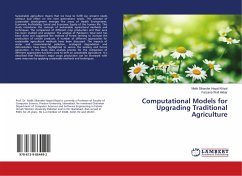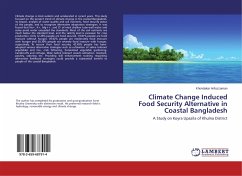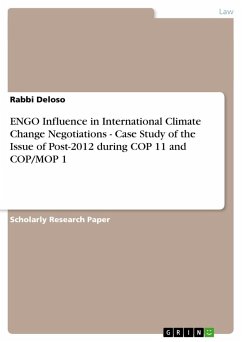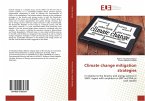Shared features of economic and climate time series imply that tools for empirically modeling nonstationary economic outcomes are also appropriate for studying many aspects of observational climate-change data. Greenhouse gas emissions, such as carbon dioxide, nitrous oxide, and methane, are a major cause of climate change as they cumulate in the atmosphere and reradiate the sun's energy. As these emissions are currently mainly due to economic activity, economic and climate time series have commonalities, including considerable inertia, stochastic trends, and distributional shifts, and hence the same econometric modeling approaches can be applied to analyze both phenomena. Moreover, both disciplines lack complete knowledge of their respective data-generating processes (DGPs), so model search retaining viable theory but allowing for shifting distributions is important. Reliable modeling of both climate and economic-related time series requires finding an unknown DGP (or close approximation thereto) to represent multivariate evolving processes subject to abrupt shifts. Consequently, to ensure that DGP is nested within a much larger set of candidate determinants.
Bitte wählen Sie Ihr Anliegen aus.
Rechnungen
Retourenschein anfordern
Bestellstatus
Storno








